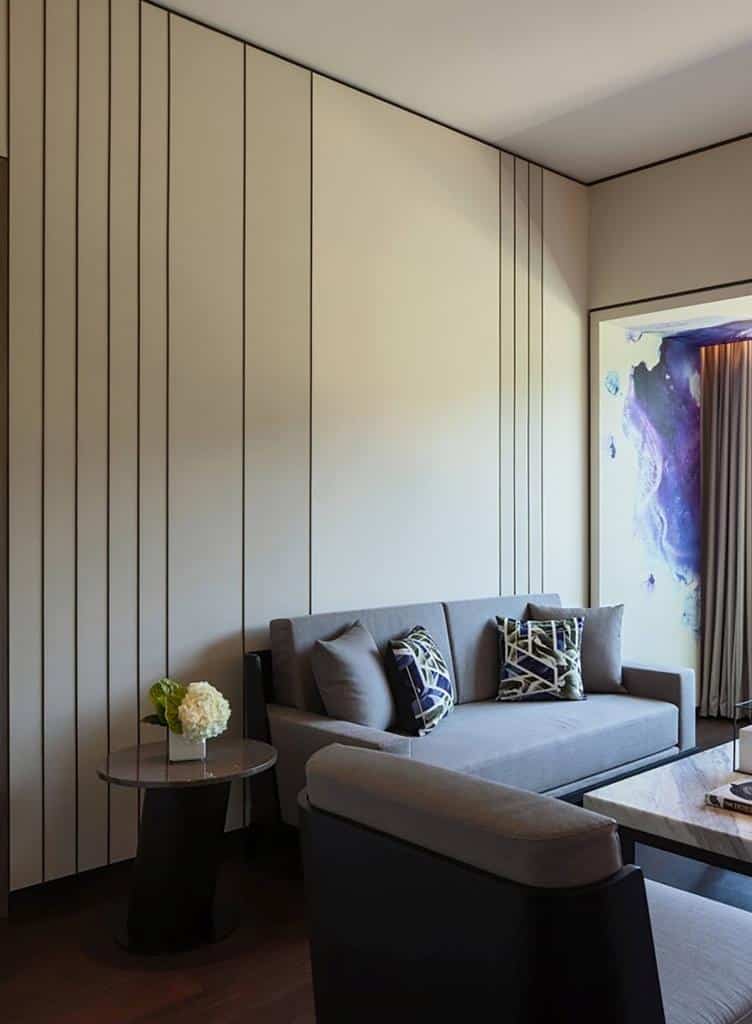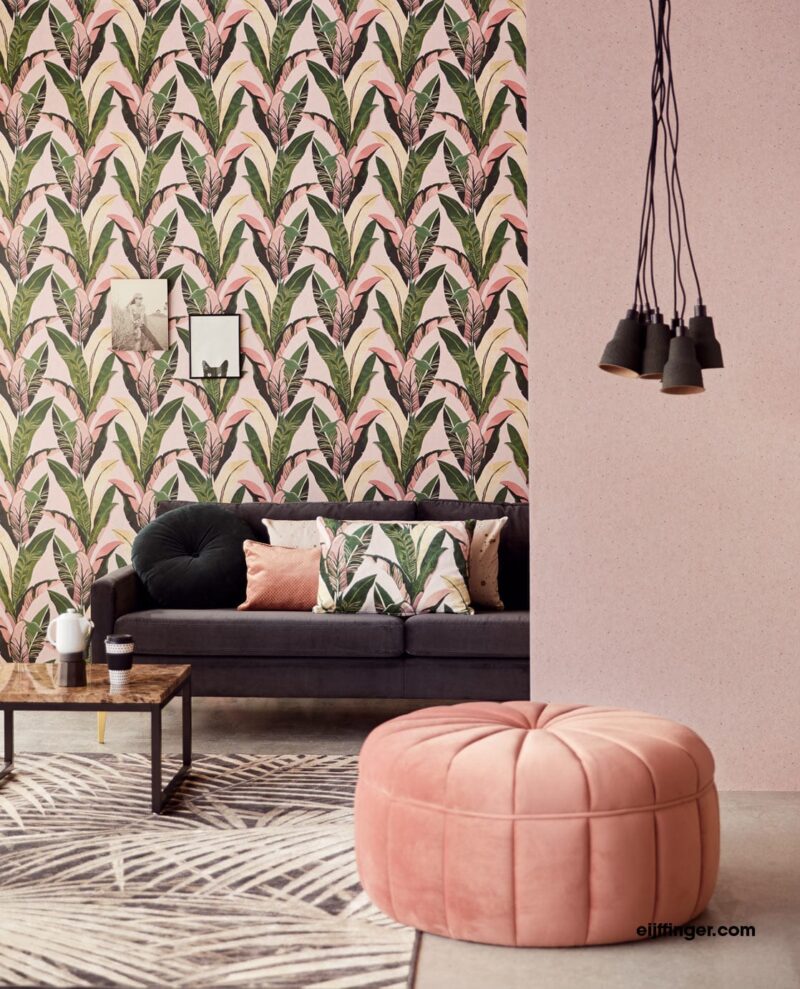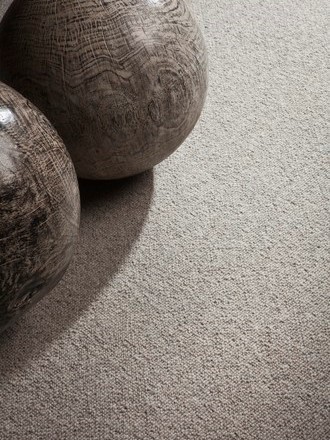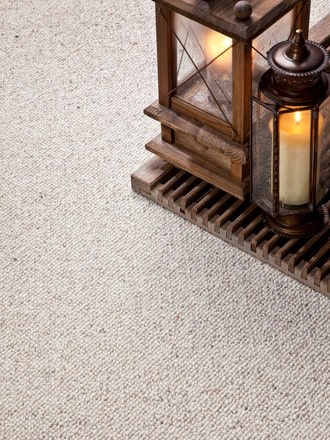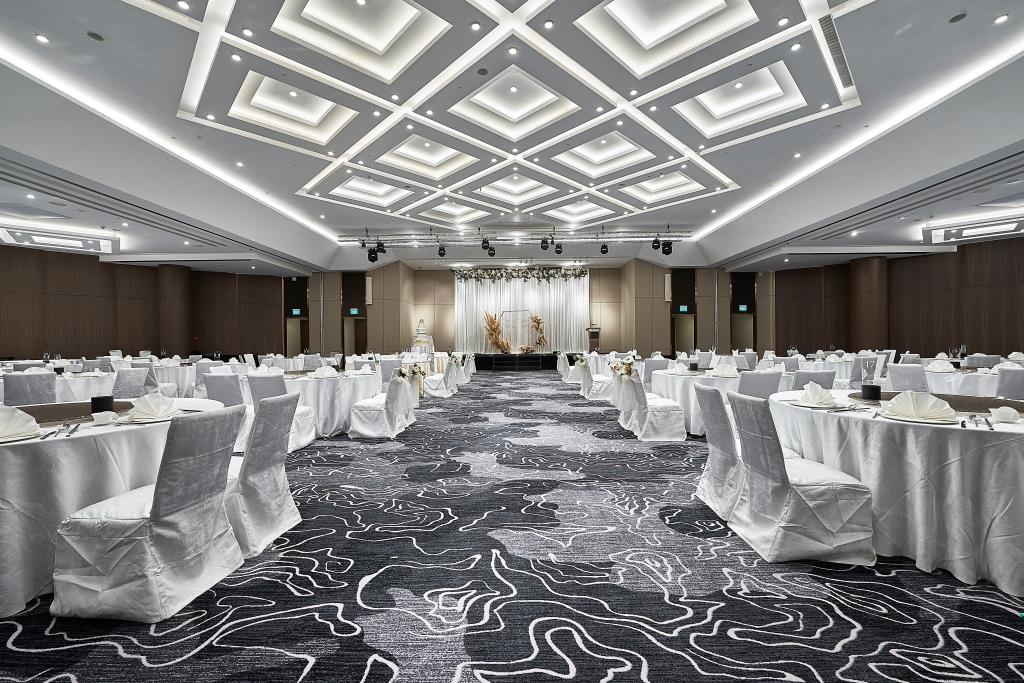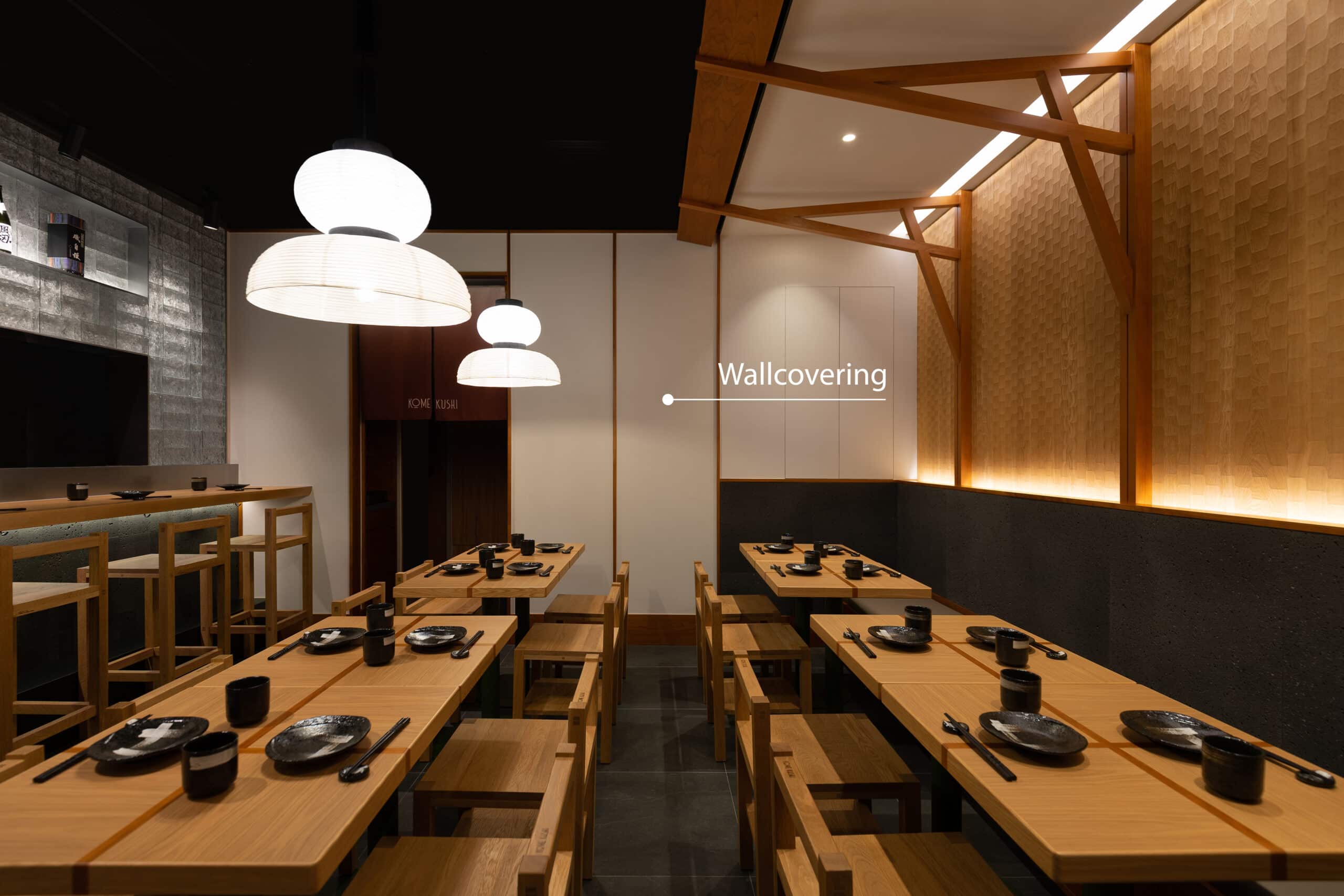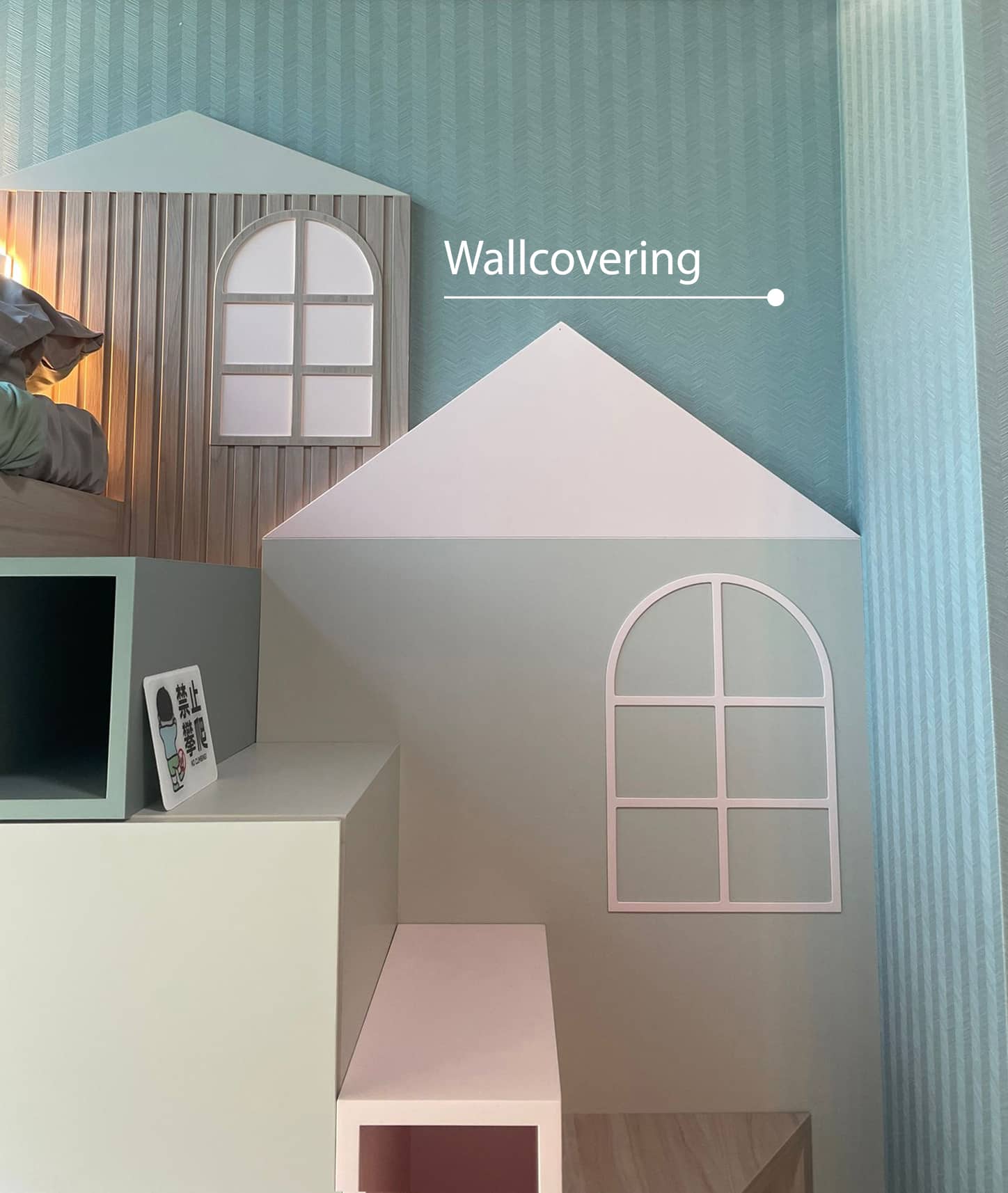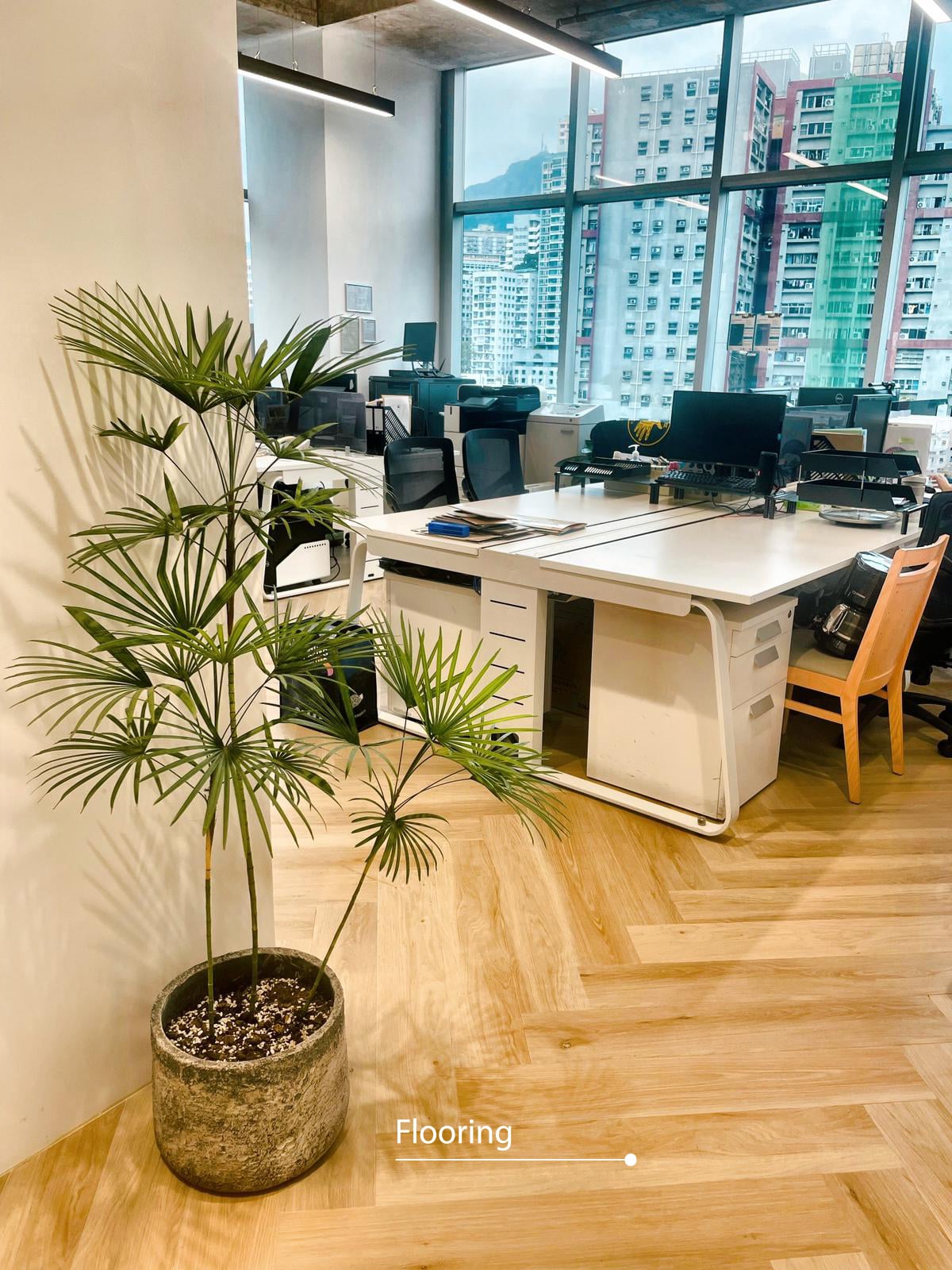Using AI for Interior Design now
AI? No, it’s not Air India or Artificial Insemination. It’s Artificial Intelligence.
The official definition of AI is:
‘Artificial Intelligence (AI) refers to the simulation of human intelligence in machines that are programmed to think and learn like humans. AI systems aim to perform artificial tasks that typically require human intelligence, such as understanding natural language, recognizing patterns, solving problems, and making decisions.’
How does it work?
You ask it questions, any questions, on pretty much any subject and it answers in quick time and in intelligent and conversational English. Try it using ChatGPT or Google’s Bard which are the most popular pieces of AI software around (use the free version to test things out for yourself).
What you get is a set of clear choices, in effect decisions, based on the questions you asked. No more vague fumbling around. Trying to get to grips with a thousand different issues at the same time. There it is. The whole problem is laid out clearly and in front of you on the screen neatly split into sections dealing with the different issues.
And remember it is fast. While it might take you a couple of days to come up with a few mixed and tentative suggestions, this thing does it coherently in minutes. Yes, in minutes. Decisions, decisions, the time they take and the agony of choice. All that is gone. If you can frame the question (prompt) carefully, you get really good results quickly.
Time and clarity are saved and, therefore money.
How does it do it? By having access to the whole internet.
Trawling it and forming it into patterns trained by software engineers who clean, organize and transform the data suitable for analysis by the machine. Patterns, yes patterns, are now of data accessible by the seeker, the questioner in their search for answers, decisions, ideas, summaries and, above all – clarity of concept.
Here are 9 ways in which AI is being utilized in the interior design industry:
Artificial-Generated design patterns are based on algorithms that can quickly analyse large amounts of data and generate new and unique designs in seconds. AI-driven design tools can help designers create realistic 3D visuals of interior spaces, allowing them to test and visualize different design options before committing to a final design. AI can also help designers create personalized interior designs tailored to the specific needs of their clients.
1. DESIGN RECOMMENDATIONS:
AI can analyse user preferences and suggest interior design styles, colour schemes, and furniture options that align with a client’s tastes and requirements.
2. Space Planning and Layout Optimization:
AI can analyse floor plans and help designers optimize space utilization. It can suggest efficient furniture layouts, considering factors like traffic flow and functionality.
3. Mood Board Generation
AI tools can help designers create mood boards by suggesting combinations of colours, textures, and furniture pieces that work well together, saving time and inspiring creativity.
4. Clients can visualise:
Clients can visualise how different design elements will look in their space before making final decisions. As an example, AR LVT (Augmented Reality : Luxury Vinyl Tile) allows customers to upload pictures of their own spaces and impose different colours and materials in place of the originals. This allows customers to get a realistic idea of how the design will look in their space, before committing to the design. This helps customers save time and money, as they don’t need to physically purchase samples and test them out. Flooring especially. In effect the customer ‘designs’ their own spaces. Check out this site now: https://www.sangetsu.co.jp/english/simulation/floor.html & and select ‘upload room’.
5. Materials:
AI can assist designers in selecting appropriate materials, finishes, and products based on factors like durability, cost, and aesthetic preferences. AI can also analyse the material properties of a product and provide recommendations on how to improve its durability, sustainability, and other characteristics. AI can also be used to create accurate 3D models of products, allowing designers to make informed decisions before committing to a particular material, finish, or product. Once the designer decides on the identity or character of a space, the AI machine can provide a range of materials and colours to suit that ambience.
6. Project Management:
AI-powered project management tools can automate tasks such as scheduling, communication with contractors, and progress tracking, streamlining the design process.
7. Pattern Recognition and Trend Analysis:
AI can analyse vast amounts of design data to identify emerging trends and patterns, helping designers stay updated with the latest styles and preferences. These offer possible inspiration and design models that can be followed. AI can quickly and accurately identify patterns and trends from large datasets, much faster than humans can. This can help designers to stay ahead of the curve and come up with new and innovative ideas. AI can also be used to analyse customer feedback data to identify customer preferences, which can help designers to create designs that are more likely to be successful.
8. Energy Efficiency and Sustainability:
AI can assist in designing environmentally friendly and energy-efficient spaces by suggesting sustainable materials, energy-saving technologies, and eco-conscious design choices.
9. Inventory Management:
For design firms that also sell furniture and decor, AI can optimize inventory management by predicting demand, restocking items efficiently, and reducing carrying costs.z
Ensuring the Quality of Prompts
Clearly some of the possibilities here will require versions of AI which are more sophisticated than the basic set, but these are easily accessible through the web. The one important point to be made is that it is the questions asked of the machine by the designer (called prompts) that produce creative answers. Therefore, it is important to ensure that the prompts are carefully chosen so that the desired creative outcome is achieved. Additionally, it is important to use the correct dataset, as the quality of the answers will be dependent on the data provided. Finally, it is important to test and validate the AI to ensure accuracy. Good precise questions produce enriching answers.
In summary, AI enhances interior design by automating time-consuming tasks, providing creative inspiration, improving client communication, and helping designers make data-driven decisions. It can streamline the entire design process, making it more efficient and responsive to client needs while also staying on top of industry trends and sustainability considerations. AI-driven design tools can help designers quickly visualize concepts and test design possibilities, allowing them to develop more innovative and efficient designs in less time.
AI can also analyse data to inform design decisions, allowing designers to make informed decisions about materials, colours, and other elements. Additionally, AI-driven tools can help designers optimize their designs for energy efficiency, sustainability, and safety. The study found that by using AI-powered automation tools, designers can save up to 50% of their time on tasks such as resizing assets and formatting text. Always verify the source, copyright matters and content generated by the Artificial Intelligence Application Programme. Without a doubt, AI-driven tools can help designers create better designs more efficiently.
#AIHomeDecor #SmartHomeDesign #ArtificialIntelligenceDecor #AIInteriorDesign #TechDecor
EXPLORE PRODUCTS
Goodrich Global offers a wide range of highly desirable wallcoverings, carpets. fabrics and floorings that enliven your self-expressions in your habitat every day, 365 days.
WHAT IS YOUR INTERIOR STYLE?
OUR PAST PROJECTS
Goodrich Global is in the business of supplying and distributing wallcoverings, fabrics, carpets and flooring materials from the Southeast Asia, India, and the Middle East regions. Our commercial grade product offerings are specified in projects worldwide. Our team is equipped to fulfill the most challenging industry’s requirements. Each completed project is a testimony to our uncompromising standards of quality, workmanship, and design.

